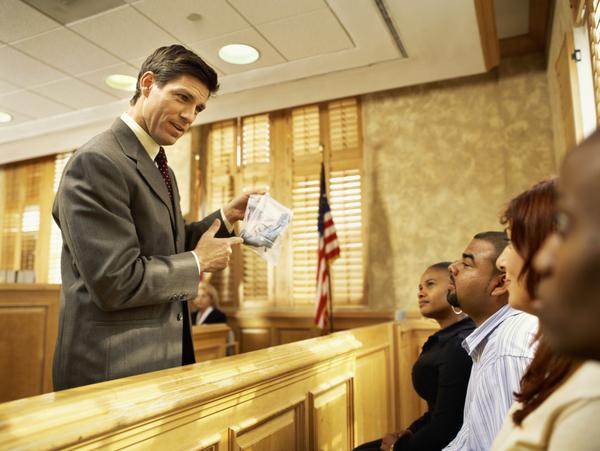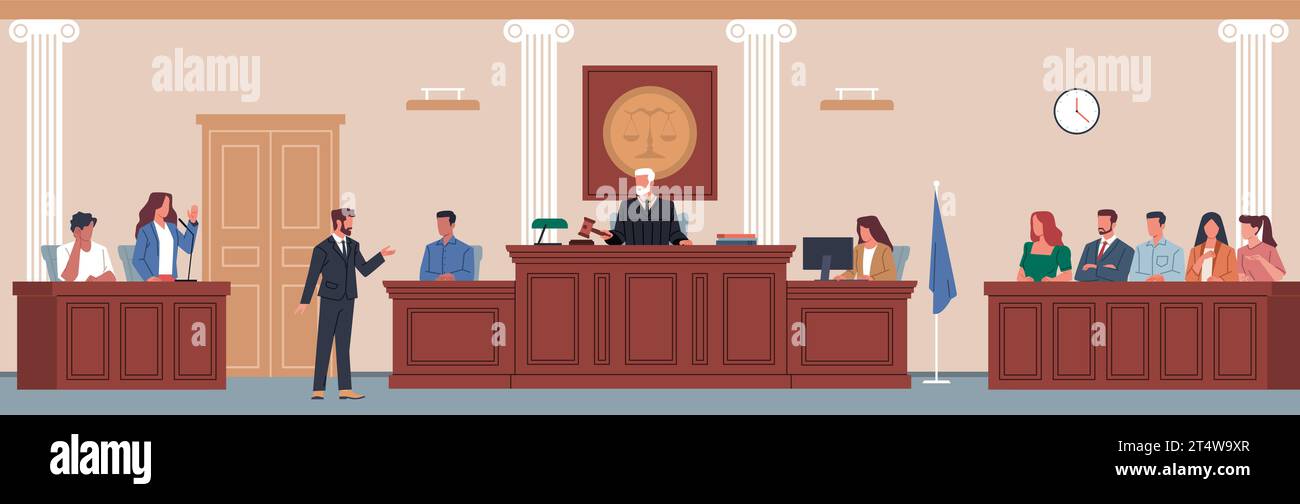Get professional trial presentations to improve your legal arguments.
Get professional trial presentations to improve your legal arguments.
Blog Article
How Trial Presentations Enhance Your Argument and Encourage Jurors
Test presentations offer as a critical device for improving legal disagreements and persuading jurors. The critical use of visuals not just clarifies complicated information however also catches jurors' attention a lot more effectively than words alone.

Importance of Aesthetic Aids
Aesthetic help play a crucial duty in improving the effectiveness of test presentations, as they can significantly raise audience engagement and retention of details. In the context of a trial, where jurors are entrusted with processing facility info, visual help serve to streamline and clarify bottom lines. Graphes, graphs, and images can communicate information and ideas that may or else bewilder or puzzle jurors, enabling a much more straightforward understanding of the evidence offered.
Additionally, aesthetic aids assist in keeping juror interest throughout the process. By breaking the uniformity of spoken testimony, these devices can stress vital debates, making them much more remarkable. Effective aesthetic help can also stimulate psychological responses, which can be essential in persuading jurors to line up with the speaker's story.

Crafting Engaging Stories
An engaging narrative is crucial in trial discussions, as it offers as the backbone of efficient persuasion. It allows attorneys to weave with each other realities, evidence, and emotional components into a meaningful tale that reverberates with jurors. This narrative structure allows jurors to recognize the intricacies of the case while assisting them via the attorney's argument.
To craft an engaging story, lawyers should focus on clearness and comprehensibility. This entails establishing a clear protagonist-- commonly the customer-- and detailing their journey through the events in concern. Offering the realities in a logical sequence enhances comprehension and keeps involvement. Additionally, making use of vibrant descriptions can produce mental pictures that assist jurors picture the occasions, making the story extra remarkable.
Additionally, incorporating crucial styles throughout the presentation strengthens the core message and aids in retention - trial presentations. The narrative ought to not only convey information yet additionally stimulate a sense of justice, highlighting the stakes involved. Inevitably, a sound story promotes a connection in between the jurors and the instance, positioning the attorney's debate as both reliable and compelling, therefore raising the probability of a positive verdict

Involving the Jury Emotionally
Reliable court engagement pivots on the lawyer's ability to attach with jurors on an emotional degree. This connection can dramatically affect jurors' perceptions and their utmost decision-making. Utilizing psychological appeals permits attorneys to humanize the instance, transforming abstract lawful concepts into relatable experiences. By offering real-life stories or endorsements, attorneys can stimulate empathy and empathy, fostering a deeper understanding of the concerns at stake.
Aesthetic help, such as photographs or videos, can better boost psychological engagement, supplying jurors with dazzling representations of the situation's human aspects. Crafting a story that highlights the struggles and triumphs of the individuals entailed ensures that jurors see past the lawful debates and recognize the human repercussions of their choices.
In addition, tone and body movement play an important function in communicating feeling. A lawyer's enthusiastic delivery can resonate with jurors, reinforcing their emotional investment in case. It's crucial to stabilize psychological allures with factual evidence, ensuring that jurors feel obliged to act while remaining grounded in the truth. Ultimately, a mentally engaged jury is much more likely to be persuaded, making emotional connection a vital part of reliable test discussions.
Structuring Your Discussion

The body of the discussion ought to be logically fractional into key factors, each supported by compelling proof. It is useful to use narration techniques to weave realities into a narrative that jurors can conveniently comply with. Aesthetic aids, such as graphes and video clips, can enhance understanding and interaction, aiding to highlight essential my review here pieces of evidence.
Real-World Situation Studies
Analyzing real-world instance studies offers vital understandings into the art of trial presentations and persuasion. The protection group effectively employed a technique that incorporated top-level expert testimonies with multimedia presentations, which mesmerized jurors and eventually affected their choice.
An additional notable example is the "McDonald's Coffee Case," where the plaintiff's attorneys used graphic pictures of the injuries endured by Stella Liebeck. trial presentations. This raw aesthetic proof played a crucial role in conveying the severity of her burns, resulting in a considerable jury award. Such cases demonstrate that impactful trial discussions often hinge on the effective assimilation of visuals and narration to stimulate psychological actions from jurors
Moreover, the "Casey Anthony Trial" highlighted the significance of narrative coherence and trustworthiness. The prosecution's failure to establish an engaging timeline lessened their influential power, emphasizing the requirement of a well-structured presentation. Analyzing these cases discloses that effective trial presentations call for calculated planning, emotional involvement, and the capacity to resonate with jurors' values and beliefs.
Conclusion
Trial discussions considerably boost arguments and encourage jurors through the critical use of aesthetic help, compelling stories, and emotional interaction. A well-structured discussion balances this link psychological allures with factual proof, ultimately resonating with jurors' worths.
Report this page